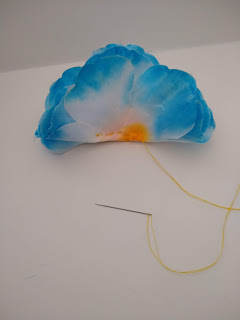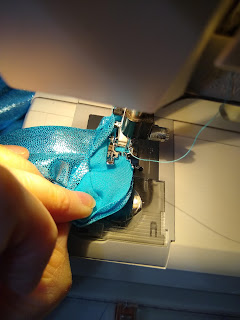My gymnast, who has never sustained an injury, broke her fibula at the ankle height. Our first week after the fracture involved 2 splints and 3 casts. When she received her first cast, she chose blue and had her friends all sign it. The second cast could only be black and she used silver to decorate it with stars and new signatures. The third cast could also only be black and at this point she decided to just leave it black. The many reasons for different splints/casts were swelling, numbness relief, first cast, better cast placement, then needed to replace a cast due to shower cover (garbage bag/elastic) fail.
Once we stopped running to the doctor's every other day, I was able to look at more cast options. We had ordered a shower cast cover to help keep the cast dry and I saw some cute covers. The fun covers seemed to fulfill a few purposes: give the cast personality, keep it cleaner, and give the cast a softer outside.
When I first brought up the idea of a cast cover, my daughter was not interested. But as she put together all the events that she planned to attend along with a cast, she started to think a cast cover might be fun to have too. Having a softer layer was an added bonus too.
We visited JoAnn's and checked out all their knits. Many have great stretch and would fit really well over her cast.
Making a Pattern
I first traced around her cast on the side, but then decided to think of it as a sock. I had made polar fleece socks a long time ago and knew the pattern for the sock might be a better fit. I found some instructions online which included how to measure for the sock. This instructable had great tips for a pattern. I took papers and measured for the front - top to the tip of her cast, back- top to the heel, and foot - heel to where the cast ends near her toes.
My first attempt was not with her silky, stretchy new prints. I first used an old ribbed knit I had which is stretchy, but has more bulk to it. We got a working pattern down. It all needed to be longer, curving in at the ankle fit better, and I decided not to finish the edges, but just tuck them over against the cast. The silk, stretchy print hugged her cast even better and didn't bunch where the foot meets the leg.
Showers are going better over here too. We start out with Glad Press and Seal over the cast, then add a fleece cuff at the top of her cast and finally slide on the commercial cast cover. The press and seal gives the cast an easier surface for sliding on the cover and added insurance.


































